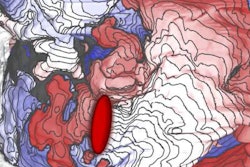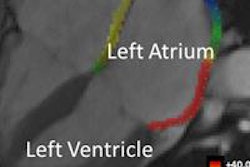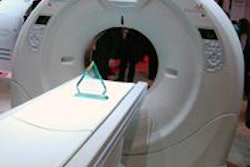Delayed-enhancement MRI (DE-MRI) can help predict which patients with atrial fibrillation (A-fib) are most likely to benefit from catheter ablation, according to a prospective study in the February 5 issue of the Journal of the American Medical Association.
The study enrolled 329 patients from 15 centers in the U.S., Europe, and Australia who underwent catheter ablation. Less than 30 days before their ablations, each patient also underwent DE-MRI to depict any scarring of the left atrium. Sixty-nine patients were lost during follow-up or excluded because their images were of insufficient quality, leaving a total of 260 subjects (JAMA, Vol. 311:5, pp. 498-506).
Scarring on the preablation MRI was rated on a four-point scale: Stage 1 meant scarring covered less than 10% of the atrial wall, whereas stage 4 meant scarring covered more than 30% of the atrial wall. After 475 days of follow-up, subjects with the least amount of scarring had significantly higher ablation success rates, the researchers found.
At follow-up, 85% of patients with stage 1 scarring had experienced no recurrent arrhythmias. This rate decreased to 64% for patients with stage 2 scarring, 54% for patients with stage 3 scarring, and 31% for patients with stage 4 scarring.
There may be patients whose scarring is so advanced that ablation is much less likely to be effective as a single procedure, said co-author Dr. David Wilber from Loyola University in a statement. In such cases, patients should consult with their physicians about possibly forgoing ablation or having more than one procedure to control the arrhythmia.
The study also suggests that earlier treatment may be beneficial because the longer a patient experiences atrial fibrillation, the more scarring he or she is likely to have, Wilber said.



















